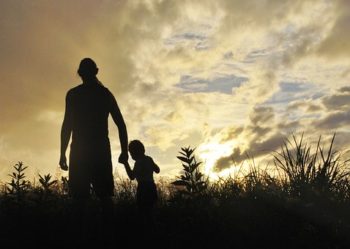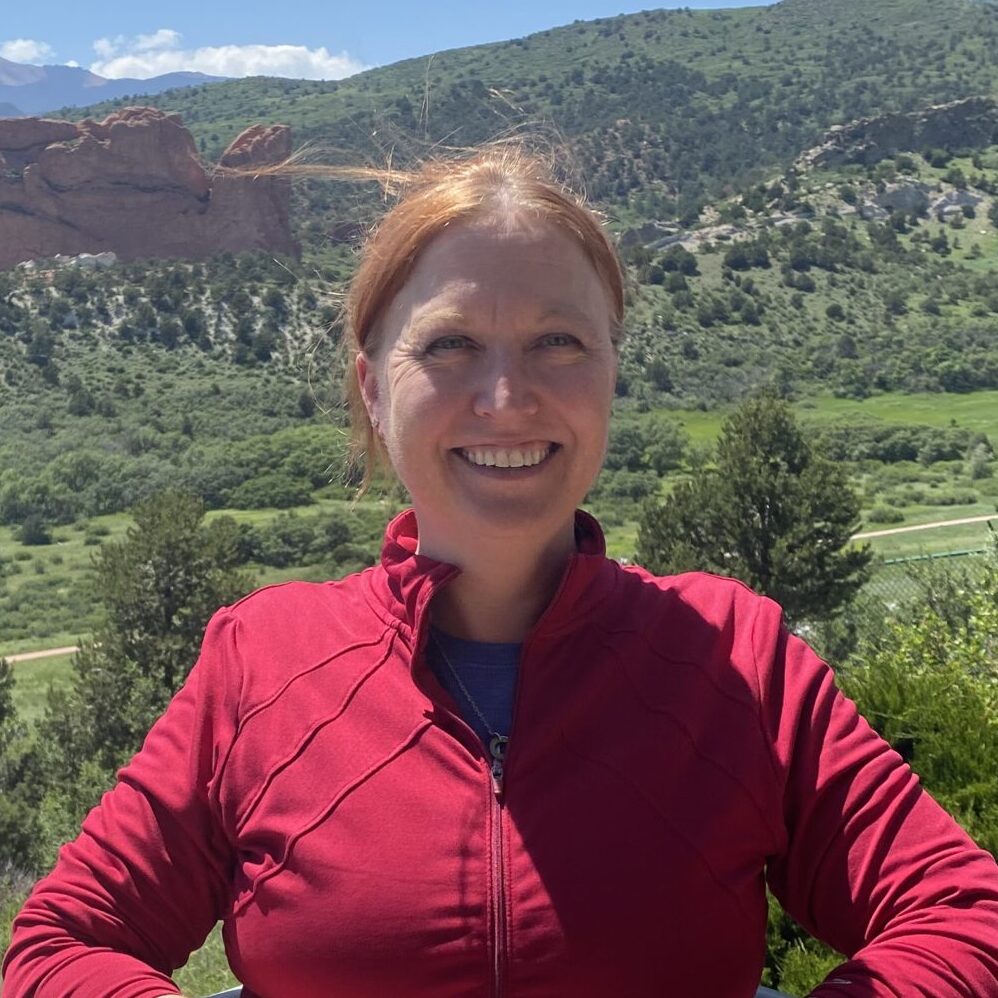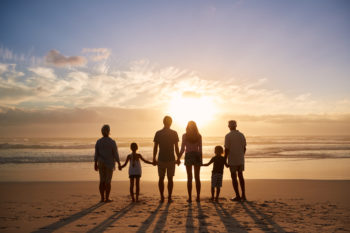 Growth Mindset: The Power of Yet
Growth Mindset: The Power of Yet
When my daughter was a toddler, one of her favorite videos to watch on repeat was The Power of Yet. This Sesame Street song was upbeat and fun for her to dance to, but the message was great as well. The singer was shown with a variety of muppets as they tried or practiced new skills; the message was that things may be difficult at first, but that just means we have not mastered them YET! This is the idea behind having a a growth mindset, a very important skill or approach to life that we must teach our kids. Without this mindset, they are likely to grow into teens and kids who cannot handle difficult situations or failure.
How to Help Our Kids Learn New Skills
Developing new skills takes time and kids need support to manage their emotions while they tackle new activities. As parents, we want to be sure our kids can be successful, but we have to be aware that too much intervention will keep our kids from developing appropriately. If our babies get frustrated with learning to use a spoon and we feed them to avoid the crying, we are robbing them of the time to learn that fine motor skill. When they are learning to tie their shoes, they will get frustrated at those darn bunny ears, but if we don’t encourage them to keep trying, they will be 30 years old and still wearing Crocs and velcro shoes. While these situations may seem silly, these are the early times when we are teaching a growth mindset. As kids get older, the situations get more serious: learning to advocate for themselves, learning to solve problems on their own, learning to speak out against unethical or immoral acts. As kids grow, we have to allow them to struggle as they learn new skills so they learn that failure leads to learning and success, not that failure leads to someone stepping in to do it for them. [Read more…]

Dr. Kevin Myers is an Executive Administrator for YPI Charter Schools and the Principal at Bert Corona Charter School. He has served the Los Angeles community as a teacher, administrator, and grant director for over 20 years. He has a passion for developing teachers and educational leaders to engage in the challenging work of bringing equity to our schools and our communities. Dr. Myers has developed an expertise in supporting underserved communities, building effective and cohesive school leadership teams, and engaging parents to uplift their communities through engagement at their children’s schools. He wrote his dissertation on teacher self-efficacy and job satisfaction and is a strong advocate for supporting and working with teachers to build a strong and successful school community. In addition to his work at YPI Charter Schools, Dr. Myers is also a faculty member at Cal State Fresno and works with student teacher candidates to earn their credentials as they work through the CalState TEACH program.
 Teaching Kids How to Be Kind
Teaching Kids How to Be Kind
 Summer Boundaries for Kids!
Summer Boundaries for Kids! ls, rainy days mean canceled recess, and that lack of movement can lead to restlessness and frustration. Getting outside, even in less-than-ideal weather, helps with attention, sensory processing, and emotional regulation.
ls, rainy days mean canceled recess, and that lack of movement can lead to restlessness and frustration. Getting outside, even in less-than-ideal weather, helps with attention, sensory processing, and emotional regulation.
 Exploring Nature: Outdoor Adventures for Children
Exploring Nature: Outdoor Adventures for Children